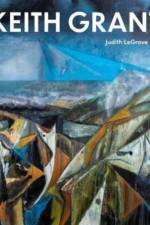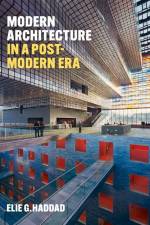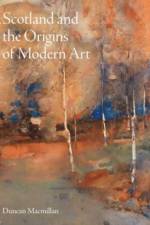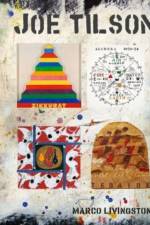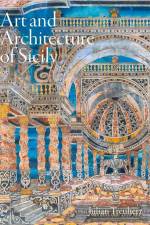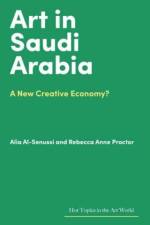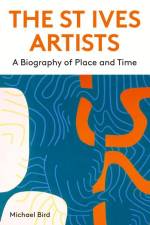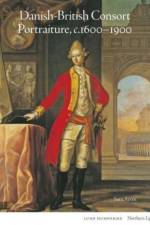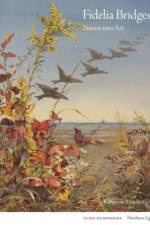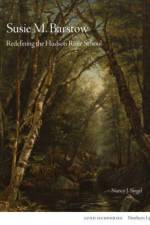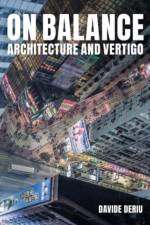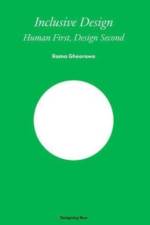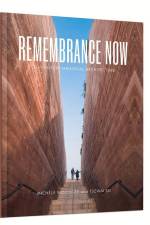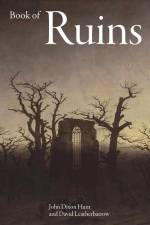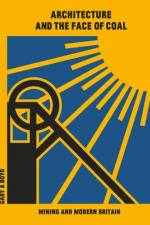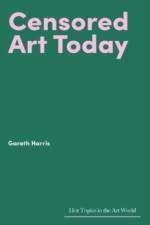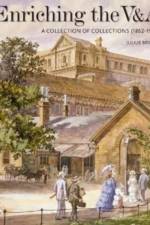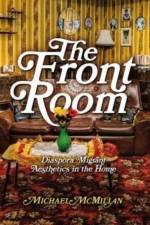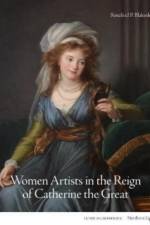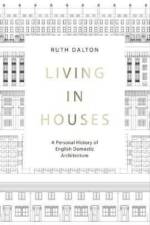av Mark Dorrian, Arnaud Hendrickx & Riet Eeckhout
717
This book explores, debates and exhibits practices of contemporary architectural drawing, taking at its basis a series of meetings between a cohort of architects, critics and curators who discussed contemporary drawing practices and production in their own work and research. The participants - Laura Allen, Bryan Cantley, Nat Chard, Peter Cook, Mark Dorrian, Riet Eeckhout, Adrian Hawker, Perry Kulper, CJ Lim, Shaun Murray, Mark Smout, Neil Spiller, Natalija Subotincic, Michael Webb, Mark West and Michael Young - focused on drawings or drawing-related artefacts, around which dialogues took place. Beyond the usual representational imperatives of architecture drawing, the group considered and discussed its agency as a site of emergence and imagination. Organised in relation to specific topics and framed by contextual essays by Nat Chard, Mark Dorrian, Riet Eeckhout, Michael Young, Thomas-Bernard Kenniff and Carole Levesque, the book includes a selection of exquisite and fascinating key drawings by the various contributors, together with edited transcripts of discussions around drawing which developed at the symposia. The drawings presented in the book are in dialogue with one another, while their authors are themselves in extended conversation. This double aspect will make the book a distinctive publication and an enduringly important document and resource for thinking about architectural drawing.

